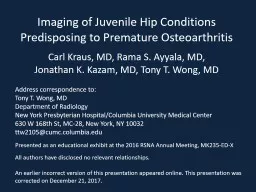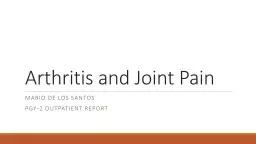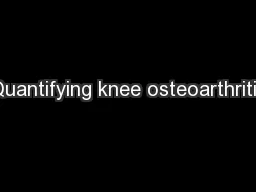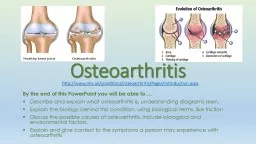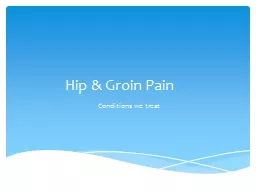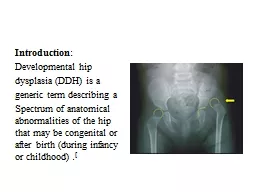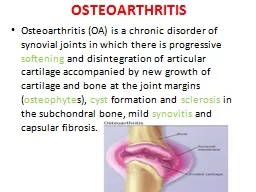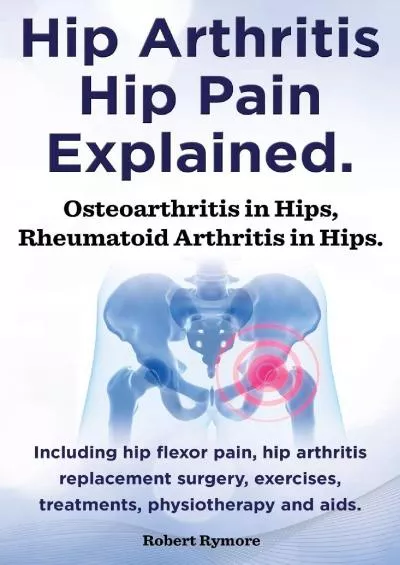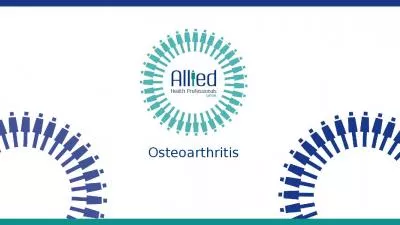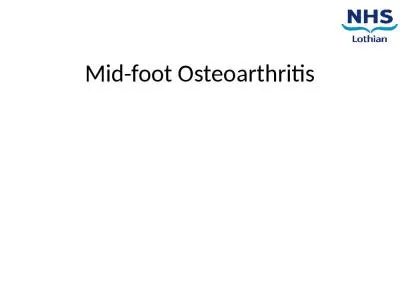PPT-Imaging of Juvenile Hip Conditions Predisposing to Premature Osteoarthritis
Author : ventuilog | Published Date : 2020-10-22
Carl Kraus MD Rama S Ayyala MD Jonathan K Kazam MD Tony T Wong MD Presented as an educational exhibit at the 2016 RSNA Annual Meeting MK235EDX Address correspondence
Presentation Embed Code
Download Presentation
Download Presentation The PPT/PDF document "Imaging of Juvenile Hip Conditions Predi..." is the property of its rightful owner. Permission is granted to download and print the materials on this website for personal, non-commercial use only, and to display it on your personal computer provided you do not modify the materials and that you retain all copyright notices contained in the materials. By downloading content from our website, you accept the terms of this agreement.
Imaging of Juvenile Hip Conditions Predisposing to Premature Osteoarthritis: Transcript
Download Rules Of Document
"Imaging of Juvenile Hip Conditions Predisposing to Premature Osteoarthritis"The content belongs to its owner. You may download and print it for personal use, without modification, and keep all copyright notices. By downloading, you agree to these terms.
Related Documents

